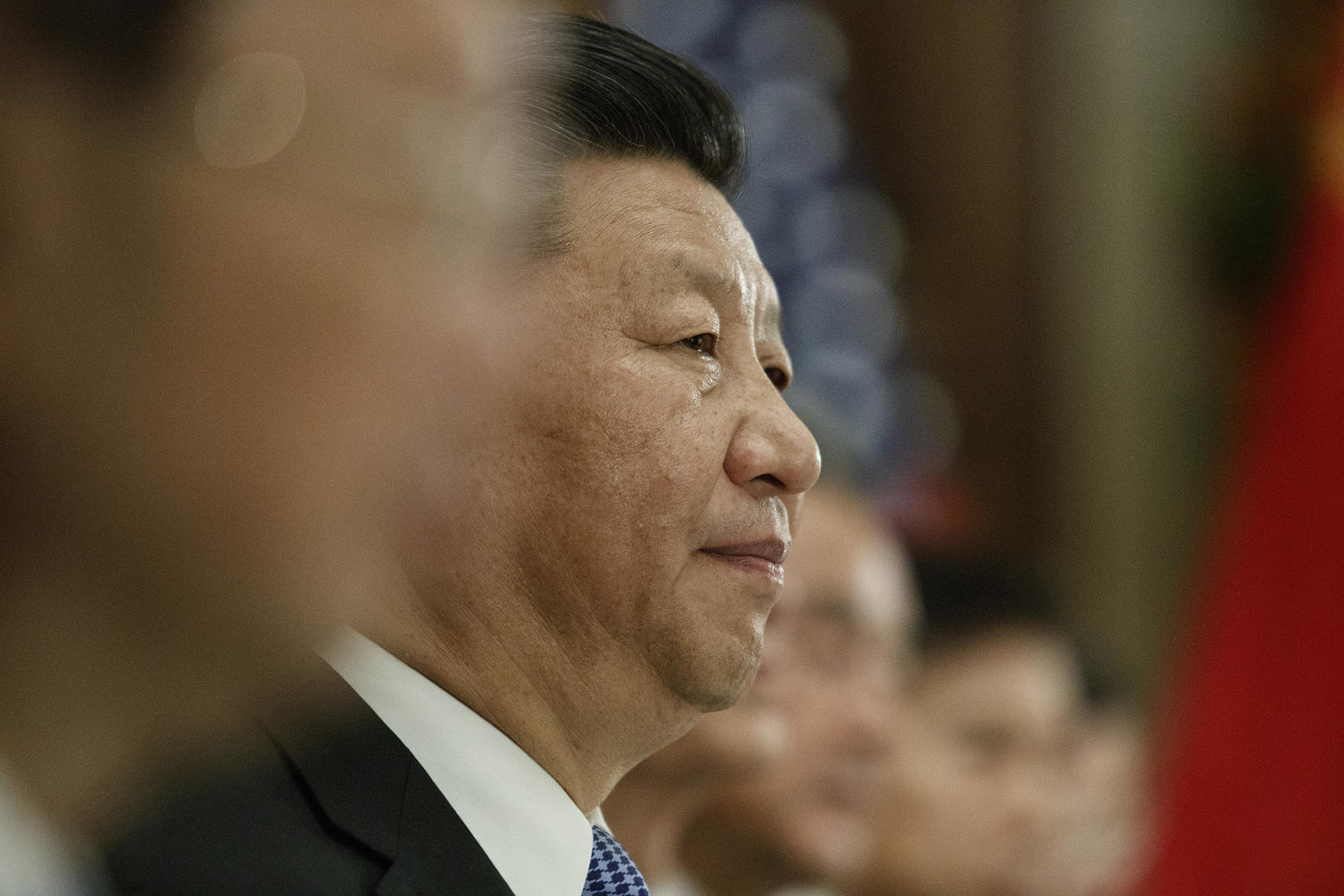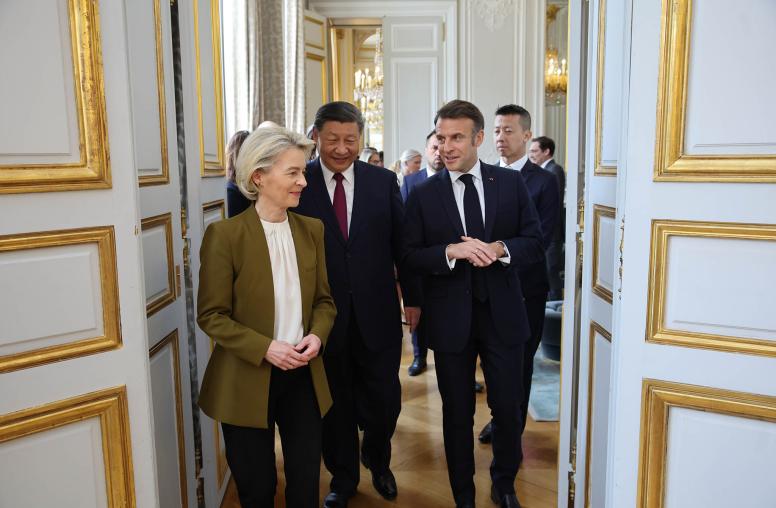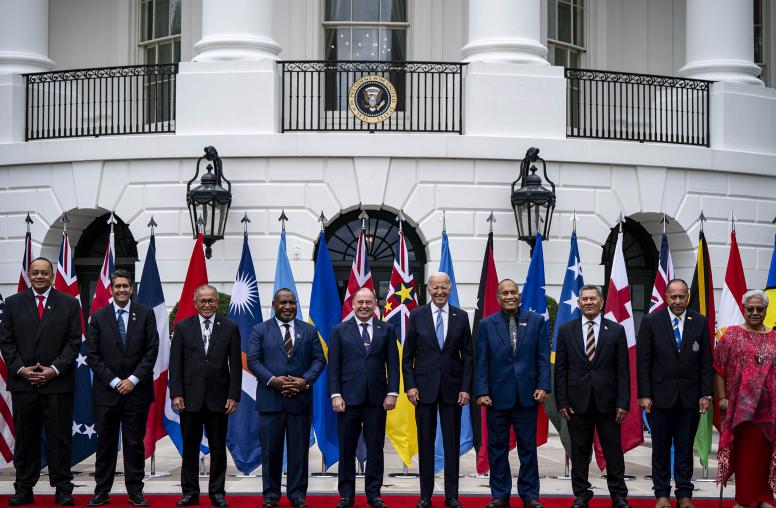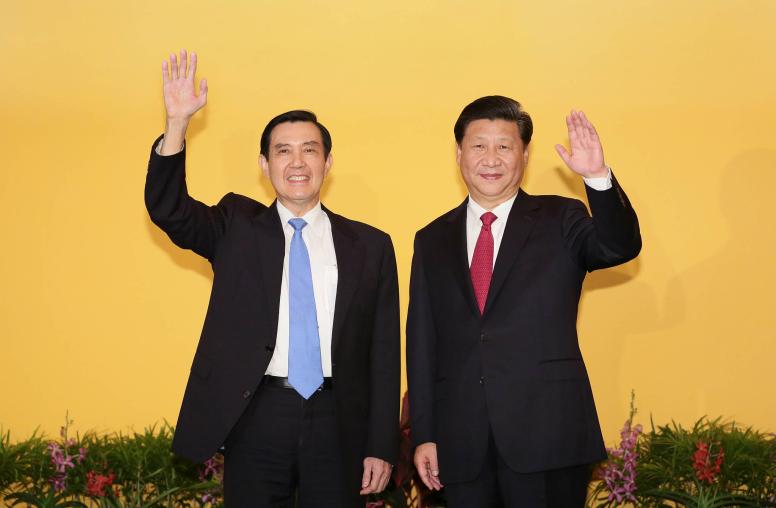China’s Periphery Diplomacy: Implications for Peace and Security in Asia
China’s foreign policy is expanding in scope and depth and now reaches across the globe. Yet its diplomatic efforts focus on its own complex neighborhood. To advance these interests, China’s leaders practice an interlocking set of foreign affairs activities they refer to as “periphery diplomacy.” This report details the main tools Beijing uses to engage the countries with which it shares borders, assesses the campaign’s effectiveness, and lays out the implications for peace and security in Asia.

Summary
- China is expanding its influence around the world, yet the heart of its diplomatic efforts still lies in its own complex neighborhood. To advance the country’s interests in the region, Chinese leaders practice an interlocking set of foreign affairs activities they group under the umbrella of “periphery diplomacy.”
- China’s strategic rationales for working more closely with its neighbors include upholding the security of its border, expanding trade and investment networks, and preventing a geopolitical balancing coalition.
- Beijing uses a range of tools for periphery diplomacy, including deepening economic integration, engaging neighboring major powers, and at times using coercion to achieve its aims.
- Although states around China’s periphery welcome trade and investment ties with Beijing, China’s more assertive actions in recent years have engendered fear and wariness about Chinese intentions.
- The United States should track China’s periphery diplomacy closely, help provide viable alternatives to investment and trade with Beijing, take steps to blunt Chinese coercion tools, and cultivate and expand regional cooperation in Asia.
About the Report
This report evaluates how China develops and executes foreign policy toward its neighbors under Chinese Communist Party General Secretary Xi Jinping—specifically, the interlocking set of activities Beijing calls periphery diplomacy.
About the Author
Jacob Stokes is a senior policy analyst in the China program within the Asia Center at the United States Institute of Peace. Previously on the national security staff of Vice President Joe Biden, where he covered Asian security issues, Stokes also served as a professional staff member for the U.S.-China Economic and Security Review Commission, a foreign policy advisor in the US Senate, and a fellow at the Center for a New American Security. His analysis has been published in Foreign Affairs, Defense One, The National Interest, and Orbis, among other outlets.



